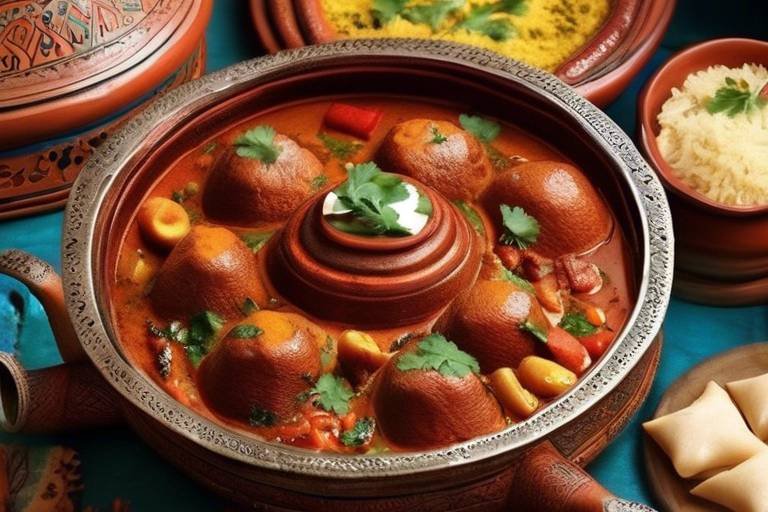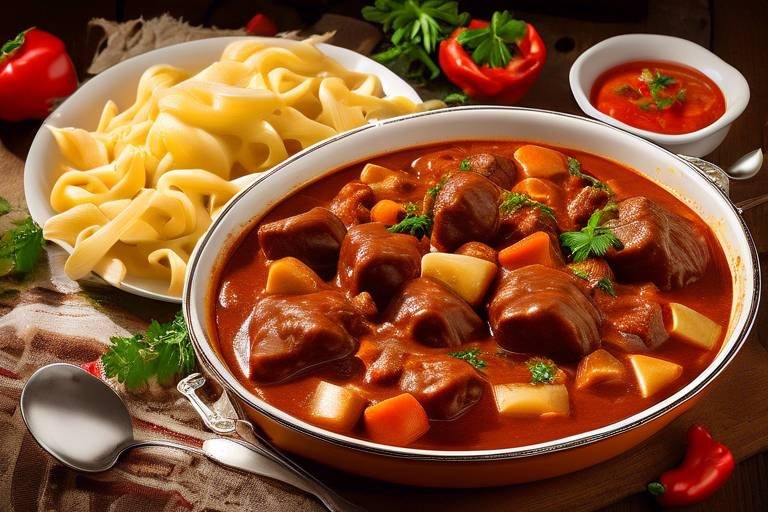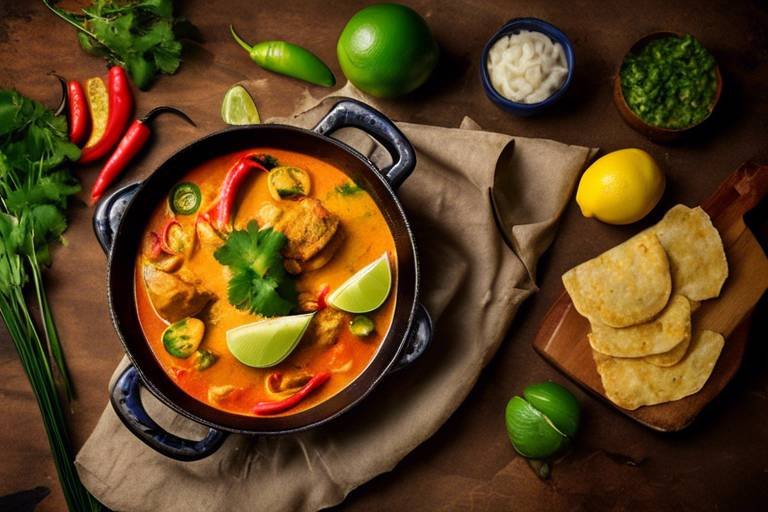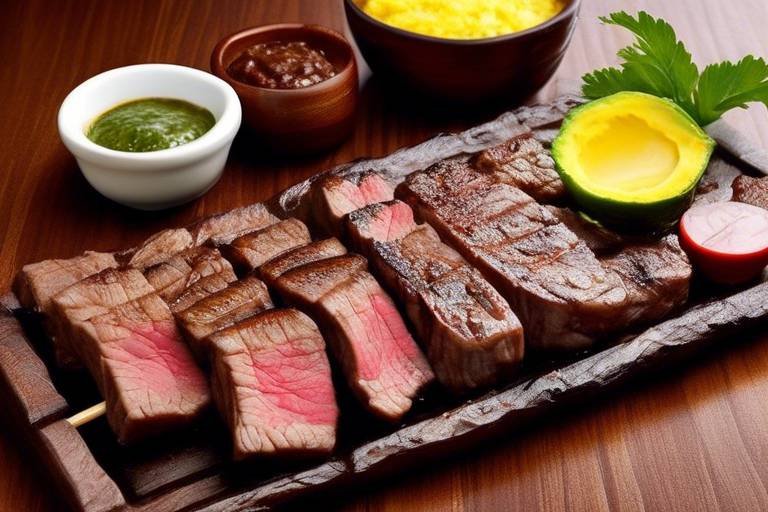Traditional Ethiopian Kitfo - Recipes and Variations
Traditional Ethiopian Kitfo is a beloved dish that tantalizes the taste buds with its rich flavors and aromatic spices. This traditional recipe hails from Ethiopia, where it holds a special place in the hearts of locals and visitors alike. Kitfo is a dish that embodies the essence of Ethiopian cuisine, showcasing the vibrant culinary heritage of the country.
At the core of Traditional Ethiopian Kitfo is the use of minced raw beef, which is expertly seasoned with a blend of spices and spiced butter. The marriage of these ingredients creates a symphony of flavors that dance on the palate, leaving a lasting impression of culinary excellence.
When preparing Traditional Ethiopian Kitfo, attention to detail is key. The selection of high-quality meat, the precise combination of spices, and the artful presentation all contribute to the overall experience of enjoying this iconic dish. Each bite is a journey through the rich tapestry of Ethiopian flavors, a celebration of tradition and innovation.
Throughout Ethiopia, Kitfo is not just a dish but a cultural emblem, a symbol of community and togetherness. Whether enjoyed at a family gathering or a festive occasion, Kitfo brings people together around the shared joy of good food and good company. It is a dish that transcends mere sustenance, elevating the act of dining into a sensory experience.
As you delve into the world of Traditional Ethiopian Kitfo, you will discover a universe of flavors and textures that captivate the senses. From the bold spiciness of the berbere seasoning to the creamy richness of the spiced butter, each component plays a vital role in creating the harmonious flavor profile of Kitfo.
Whether you are a seasoned food enthusiast or a curious newcomer to Ethiopian cuisine, Traditional Ethiopian Kitfo offers a culinary adventure like no other. Prepare to be delighted, surprised, and utterly satisfied as you embark on a journey through the diverse and delectable world of Kitfo.
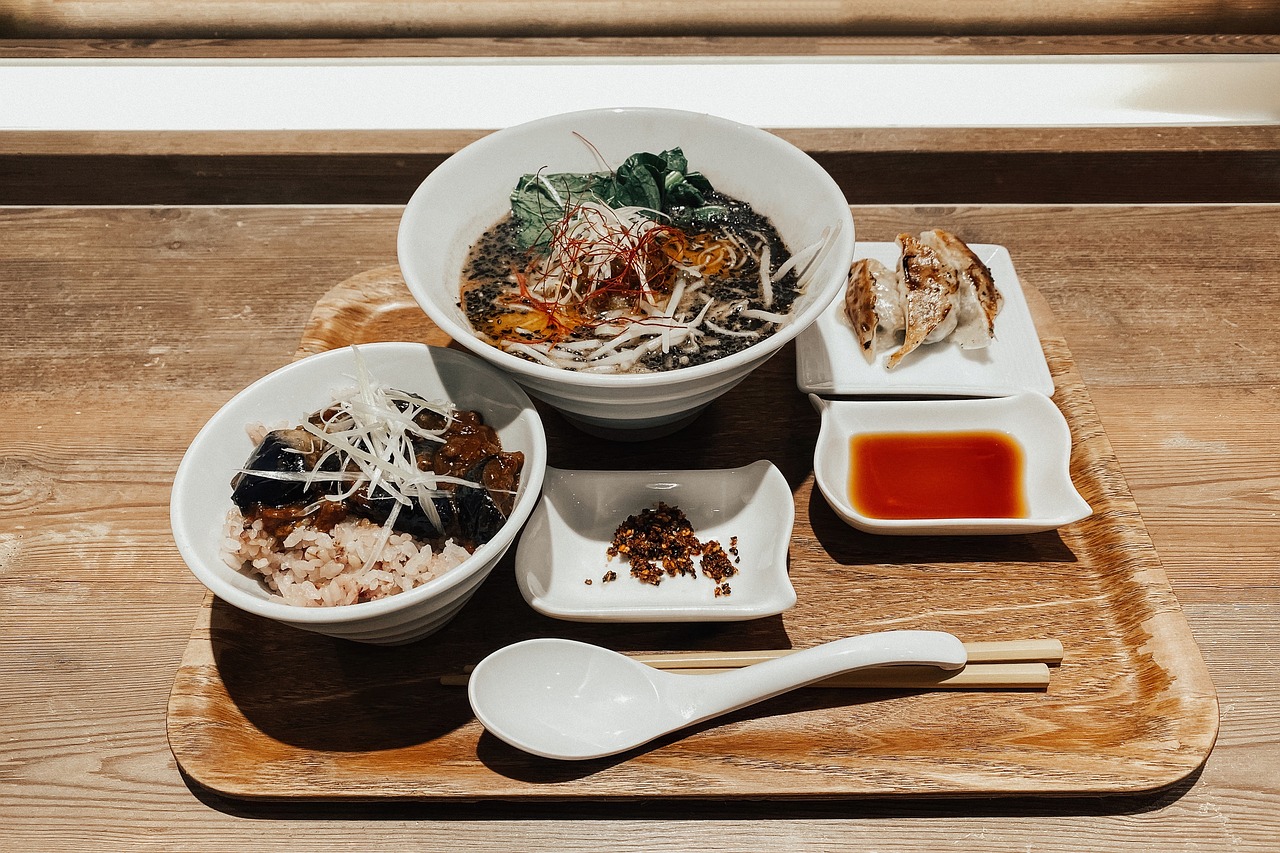
Origin of Kitfo
Originating from the Gurage people of Ethiopia, Kitfo holds a special place in Ethiopian culinary heritage. This dish's roots can be traced back to traditional practices and rituals, where it was often prepared for special occasions and celebrations. The cultural significance of Kitfo lies in its role as a symbol of community and togetherness, bringing people together to share in its rich flavors and history.

Ingredients for Traditional Kitfo
Traditional Ethiopian Kitfo is a dish that requires a specific set of ingredients to achieve its authentic flavor. To prepare this delicacy, you will need high-quality beef that is finely minced, ensuring a tender texture. The key component that lends Kitfo its unique taste is spiced butter, a blend of clarified butter and a mix of traditional Ethiopian spices.
In addition to the beef and spiced butter, mitmita, a fiery Ethiopian spice blend, is essential for adding heat and depth of flavor to the dish. This spice mix typically includes ingredients like bird's eye chili peppers, cardamom, cloves, and cinnamon. To balance the spiciness, kosseret, a herb with a citrusy aroma, is used to enhance the overall taste profile of Kitfo.
Moreover, the traditional recipe calls for kocho, a type of Ethiopian flatbread made from the root of the enset plant, to accompany the Kitfo. The combination of these ingredients creates a harmonious blend of flavors that is both satisfying and rich in cultural heritage.
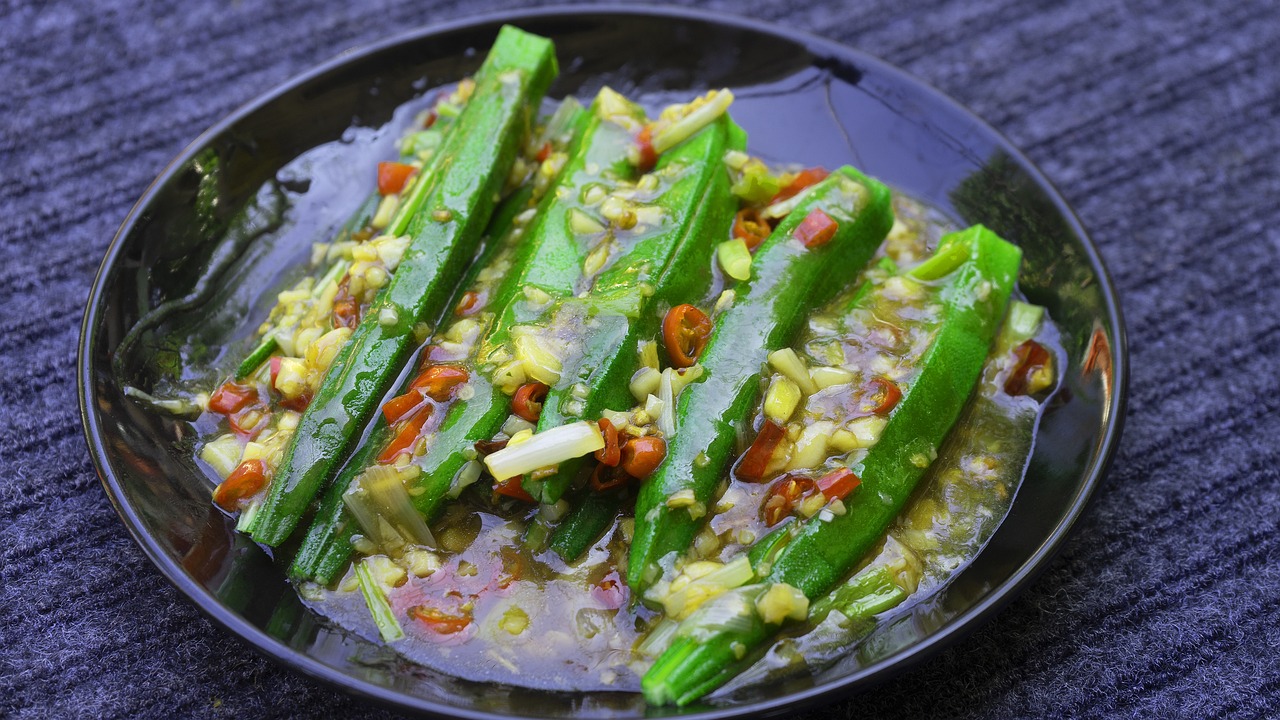
Preparation Process
When it comes to preparing Traditional Ethiopian Kitfo, the is crucial to achieving the perfect balance of flavors and textures that define this dish. It all starts with selecting the freshest and highest quality beef, typically lean cuts like sirloin or tenderloin, and ensuring it is finely minced to the desired consistency.
Once you have the meat ready, the next step is to prepare the spiced butter mixture, which is a key component in enhancing the overall taste of Kitfo. This mixture usually consists of clarified butter seasoned with a blend of spices such as mitmita (a fiery chili powder) and kocho (a traditional spice blend).
After preparing the spiced butter, it is time to season the minced beef with the mixture, ensuring that the flavors are evenly distributed. The spiced butter not only adds a rich and aromatic element to the dish but also helps to tenderize the meat, resulting in a melt-in-your-mouth texture.
Traditionally, Kitfo is served raw or lightly cooked, allowing the flavors of the beef and spices to shine through. However, some variations may involve lightly sautéing the meat for those who prefer a more cooked consistency. Regardless of the method, the goal is to preserve the essence of the ingredients while offering a unique culinary experience.
When it comes to serving Kitfo, presentation is key. The dish is often accompanied by injera, a sourdough flatbread that serves as the perfect vessel for scooping up the flavorful meat. Additionally, side dishes like Ayib (Ethiopian cheese) and Gomen (collard greens) complement the dish, adding depth and variety to the overall dining experience.
As you embark on the preparation process of Traditional Ethiopian Kitfo, remember that attention to detail and respect for the traditional methods are essential in capturing the essence of this beloved dish. Whether you choose to enjoy it in its classic form or explore modern twists, Kitfo is a culinary delight that celebrates the rich flavors and cultural heritage of Ethiopia.

Variations of Kitfo
Variations of Kitfo offer a delightful exploration of flavors and textures beyond the traditional recipe. One popular variation is Gored Gored, which features bite-sized pieces of raw beef marinated in a spicy sauce. The meat is typically served with injera and a side of Ayib, creating a harmonious blend of spicy and creamy flavors. Another variation, Tibs, involves sautéing small pieces of beef with onions, peppers, and traditional spices, resulting in a savory and aromatic dish.
For those seeking a vegetarian alternative, Kitfo can be recreated using ingredients like finely chopped mushrooms or lentils. These substitutes mimic the texture and taste of the original dish while providing a plant-based option for individuals with dietary preferences or restrictions. The vegetarian versions of Kitfo retain the essence of the traditional flavors, making them a versatile choice for a wider audience.
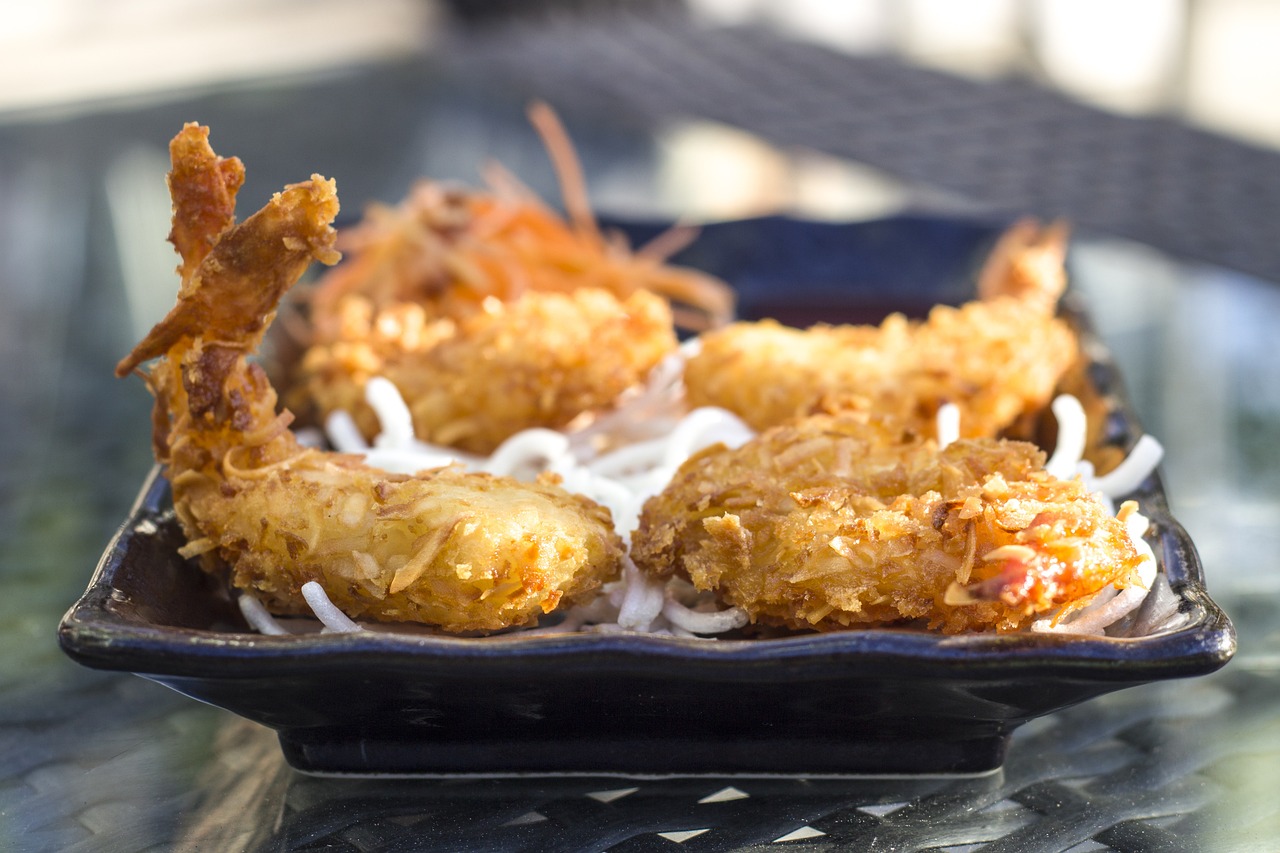
Vegetarian Alternatives
When it comes to creating vegetarian alternatives to the traditional Ethiopian Kitfo, creativity and flavor play a key role in replicating the essence of this beloved dish. While Kitfo is traditionally made with raw beef, there are innovative ways to capture its rich flavors using plant-based ingredients. One popular vegetarian version of Kitfo substitutes the meat with finely chopped mushrooms, which provide a similar texture and absorb the aromatic spices and buttery flavor.
Another approach to vegetarian Kitfo involves using lentils as the base, offering a hearty and protein-rich alternative to the meat-based original. Lentils not only mimic the texture of minced meat but also enhance the dish with their earthy taste and ability to absorb the traditional Ethiopian spices. By incorporating lentils, vegetarians can enjoy a satisfying and flavorful rendition of Kitfo that stays true to its culinary roots.
For those seeking a lighter option, a mix of finely chopped vegetables like carrots, bell peppers, and onions can be seasoned with the signature blend of spices and butter to create a refreshing vegetarian twist on Kitfo. This colorful medley of vegetables adds a vibrant touch to the dish while maintaining the authentic flavors that make Kitfo so distinctive.
In addition to these alternatives, some inventive chefs have experimented with incorporating tofu or tempeh into their vegetarian Kitfo recipes, adding a unique texture and protein source to the dish. These plant-based protein options can be marinated and spiced to complement the traditional Kitfo seasonings, offering a modern and innovative take on this classic Ethiopian delicacy.
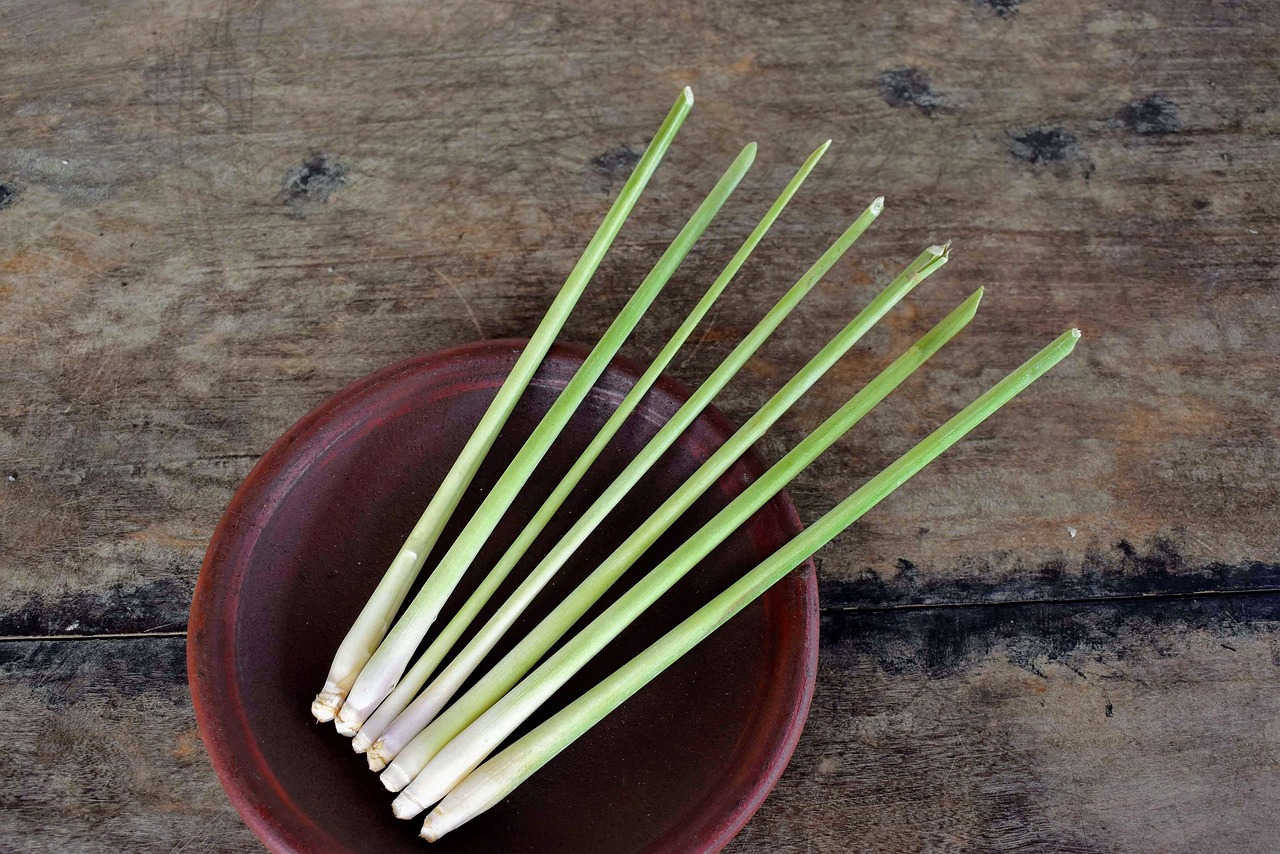
Serving and Presentation
When it comes to serving and presenting Traditional Ethiopian Kitfo, the experience is not just about the taste but also the cultural significance and traditional practices that accompany the dish. Kitfo is typically served on a large platter, often lined with the traditional Ethiopian flatbread known as injera. This soft and spongy bread serves as the perfect vessel for enjoying the flavorful minced beef.
Accompanying the Kitfo are various side dishes that enhance the overall dining experience. One such side dish is Ayib, a type of Ethiopian cheese that provides a creamy and tangy contrast to the rich flavors of the beef. Additionally, Gomen, a dish made from collard greens sautéed with aromatic spices, adds a refreshing and nutritious element to the meal.
Traditionally, Kitfo is presented in a visually appealing manner, often garnished with vibrant herbs and spices that not only enhance the dish's aesthetics but also contribute to its aromatic profile. The colorful presentation of Kitfo reflects the diversity of flavors and textures that come together harmoniously in this classic Ethiopian dish.
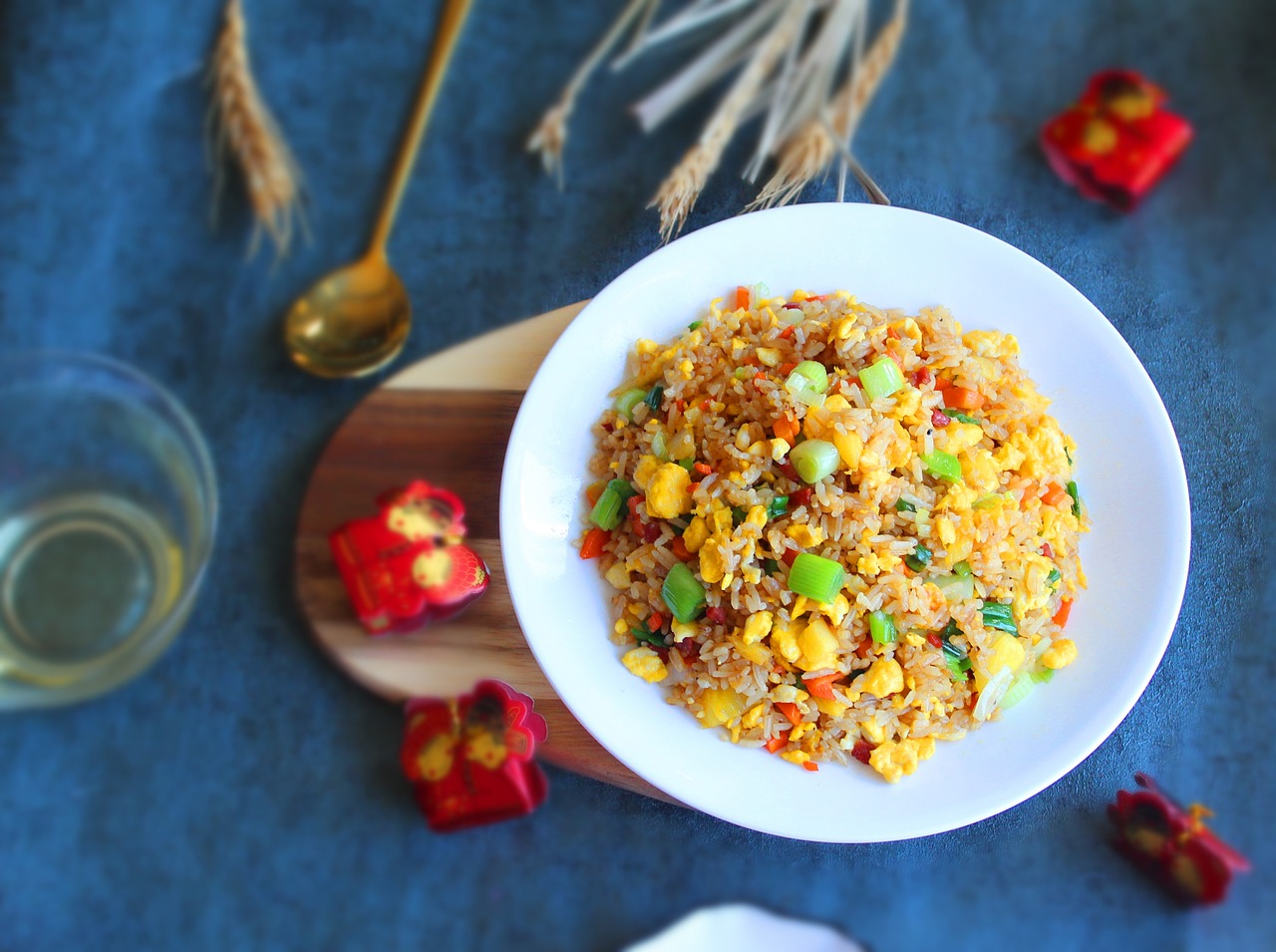
Health Benefits
When it comes to the health benefits of Traditional Ethiopian Kitfo, this dish offers a unique blend of nutrients that can contribute to a well-rounded diet. One of the primary advantages of Kitfo is its high protein content, which is essential for muscle growth and repair. The minced raw beef used in Kitfo is a rich source of protein, making it a satisfying and nourishing dish.
In addition to protein, Kitfo also contains healthy fats from the spiced butter traditionally used in the recipe. These fats provide a source of energy and support various bodily functions. While it is important to consume fats in moderation, the butter in Kitfo adds a depth of flavor and richness to the dish.
Furthermore, the traditional herbs and spices incorporated into Kitfo not only enhance its taste but also offer potential health benefits. Certain herbs used in Ethiopian cuisine, such as cardamom and cloves, are known for their antioxidant properties, which can help protect the body against oxidative stress and inflammation.
Moreover, Kitfo is often served with injera bread, a staple in Ethiopian cuisine made from teff flour. Injera is a good source of fiber, which can aid in digestion and promote gut health. The combination of protein, fats, and fiber in Kitfo and its accompaniments creates a balanced meal that can keep you satisfied and energized.

Modern Twists on Kitfo
Modern Twists on Kitfo bring a fresh perspective to this traditional Ethiopian dish, offering innovative variations that cater to diverse palates. Chefs around the world have been experimenting with Kitfo, infusing it with global flavors to create exciting fusion dishes that tantalize taste buds. Imagine the explosion of flavors when Kitfo meets influences from different culinary traditions, resulting in a delightful surprise for food enthusiasts.
One interesting modern twist on Kitfo involves incorporating Asian-inspired elements, such as soy sauce and ginger, to add a unique twist to the dish. The marriage of Ethiopian spices with the umami richness of soy sauce creates a harmonious blend of flavors that elevate the traditional Kitfo to a whole new level. It's like a culinary adventure where unexpected flavors collide, creating a symphony of taste explosions in every bite.
Furthermore, some chefs have been experimenting with fusion sushi rolls that feature Kitfo as a key ingredient. Picture the contrast of the raw beef's tenderness against the crunch of nori and the creaminess of avocado, all rolled into a delightful sushi creation. It's a fusion of Ethiopian and Japanese culinary traditions, a harmonious union that surprises the palate with its unexpected yet delightful combination.
Another modern twist involves deconstructing Kitfo and presenting it in a visually stunning way. Imagine a Kitfo-inspired tartare served in elegant layers, each showcasing a different element of the dish – from the spiced butter to the minced beef, creating a feast for both the eyes and the taste buds. This deconstructed approach adds a touch of sophistication to the traditional dish, offering a new dining experience that combines artistry and flavor in perfect harmony.
Frequently Asked Questions
- What is Kitfo?
Kitfo is a traditional Ethiopian dish made with minced raw beef that is typically seasoned with spices and butter. It is known for its rich flavors and unique preparation method.
- Is Kitfo safe to eat raw?
While Kitfo is traditionally prepared with raw beef, it is important to ensure that the meat is fresh and of high quality to minimize the risk of foodborne illness. Some variations of Kitfo may involve lightly cooking the meat for those who prefer it.
- What are the traditional accompaniments for Kitfo?
Kitfo is often served with injera, a sourdough flatbread, along with side dishes like Ayib (Ethiopian cheese) and Gomen (collard greens). These accompaniments complement the flavors of the dish and add variety to the meal.
- Are there vegetarian alternatives to Kitfo?
Yes, there are vegetarian versions of Kitfo that use ingredients like mushrooms or lentils to replicate the flavors and textures of the traditional beef dish. These alternatives offer a plant-based option for those who do not consume meat.
- What are the health benefits of Kitfo?
Kitfo is a rich source of protein and healthy fats from butter, making it a nutritious dish. Additionally, the traditional herbs and spices used in Kitfo are known for their medicinal properties, adding to its health benefits.


